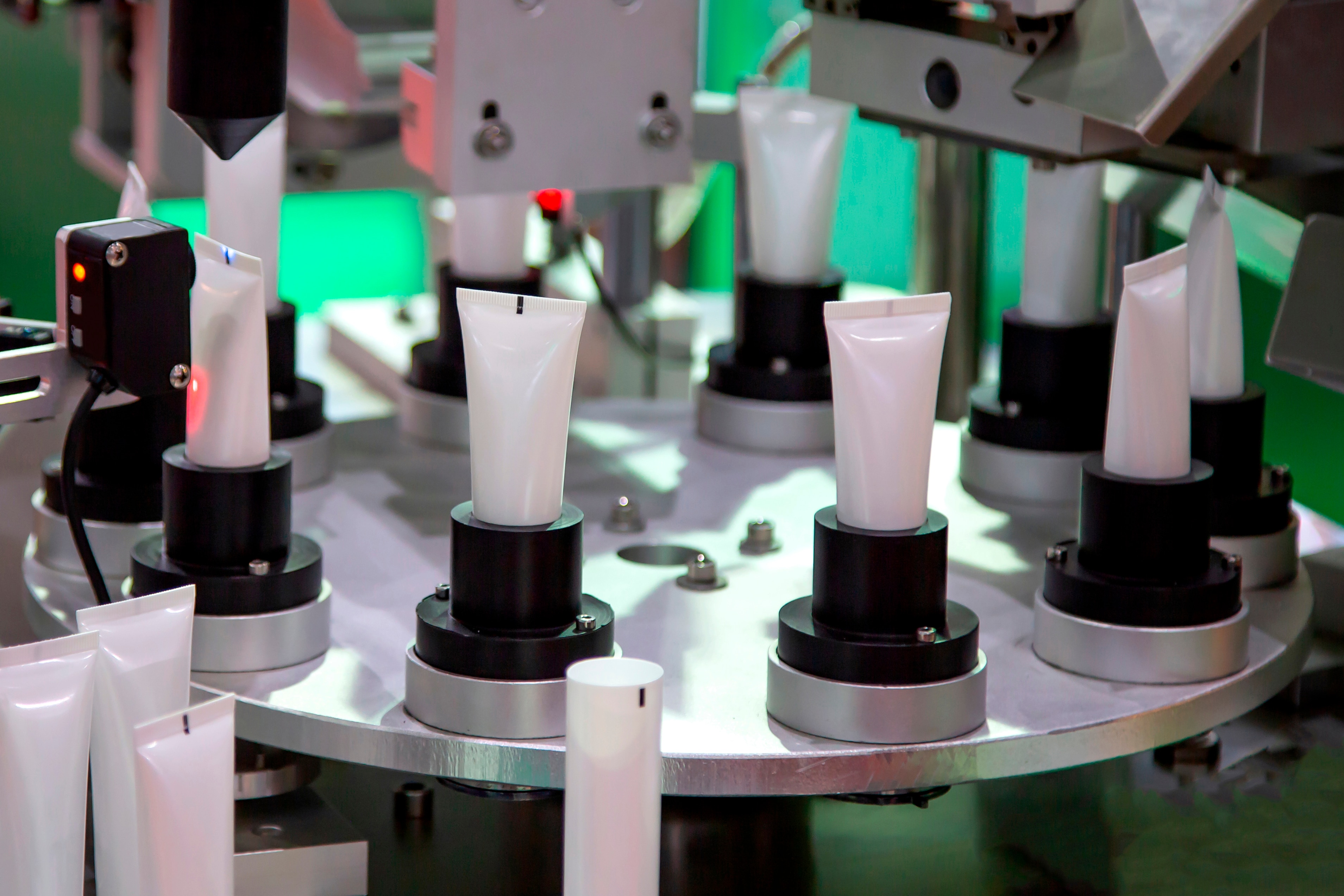Author: Silke Landtwing, Manager of Corporate Communications, Leister AG, Switzerland
Different Tube Materials for Different Contents
It doesn’t matter whether it’s ABL, PBL, COEX or cardboard tubes: All plastic tubes are used as packaging for their various contents. Take cosmetics (toothpaste and hair gel), drugs (lotions and eye drops), food (mustard, mayonnaise and ketchup) or building material (adhesives, sealants and pigments).
Plastic Tubes with Different Properties
There are as many different types of tube constructions as there are tube contents. Because tubes require different properties for different contents. For instance, tubes for lotions and pigments should be squeezable for easy dosing. We put toothpaste and hair gel on our heads so after squeezing, we like it when they go back to their original shape.
Efficient Hot Air Welding on Plastic Tubes
As tube manufacturers, you are well aware of tube varieties and how different tubes are made. But maybe you aren’t so aware of efficient tube welding and sealing using hot air. Interested? Leister experts Pius Enz and Markus Lipp have put all the key info in a white paper. And the white paper – here at Leister we call it expertise – is available here as a free download.
Get your Free Expert Study and Direct Access to our Team’s Knowledge.
After submitting the form, you will receive the link to the expert study by email. One of our specialists may contact you to answer your questions or discuss your specific needs.
